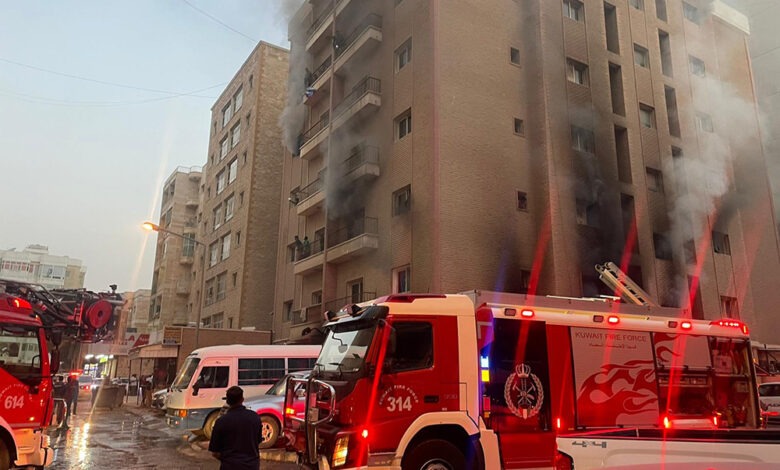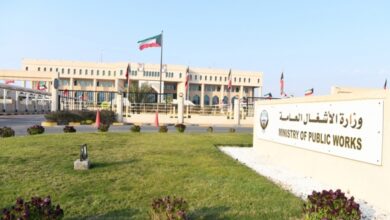Congestion, unsanitary conditions prevail in labor residences

In the aftermath of the tragic residential apartment fire in Mangaf that claimed the lives of 50 workers, the government has begun a series of comprehensive and integrated inspections that target buildings and housing units used as residences for workers.
The tragedy in Mangaf exposed serious shortcomings in the living conditions faced by many migrant laborers in the country. The inspection teams aim to identify and take legal action against those buildings found to provide substandard accommodation that does not meet basic sanitary and safety standards.
A recent media report on conditions of worker residences in areas with large migrant populations, including in Fahaheel, Mangaf, and Jleeb Al-Shuyoukh, found glaring safety and sanitary violations in many of them. Rampant overcrowding of workers in small rooms that offered limited facilities and amenities, was a disturbing reality that confronted the media team. The presence of overflowing sewage, discarded garbage, remnants of shisha smoking, and stray animals within the housing premises painted a stark picture of substandard living conditions that many laborers live in Kuwait.
It is evident that resorting to measures like cutting electricity to buildings found in violation of building codes or amending municipal laws without offering alternative, safe housing solutions will only exacerbate the problem by displacing workers from these buildings and pushing them to seek accommodation in even more crowded buildings elsewhere.
The ineffectuality of displacing workers from their existing accommodation, without arranging adequate shelter for them elsewhere, has been witnessed in the past when forced evacuations of migrants from some areas only resulted in overcrowding in other areas.
The root cause of this issue appears to lie in Kuwait’s current housing regulations. The sole existing law, No. 125 of 1992, focuses solely on non-family housing within residential areas. There is a clear need for proper and effective regulations to address specific aspects of worker accommodation, including occupancy limits, basic safety and sanitary conditions, and proper management practices for such housing facilities.
There is also a critical lack of clear regulations and legislations governing worker accommodations in commercial and investment zones. Current practices for temporary and permanent housing solutions within industrial establishments need specific regulation. This would enhance worker productivity and facilitate oversight by relevant authorities.
An earlier study on Kuwaiti housing had estimated that there are around 13,000 residential buildings, with a staggering 71 percent of non-Kuwaitis living in investment areas. This highlights the need for better solutions.
Kuwait’s worker city projects, once dubbed as a long-term solution to the problem of labor accommodation, remain stalled without assigning any reasons. Building of new worker cities and Implementing long-term rental agreements for worker housing in Kuwait could be an effective way to manage the situation. This approach could ensure stable revenue and sustained development across various sectors, and would be in line with the government’s efforts to diversify non-oil income and position the country as a financial and commercial hub.













